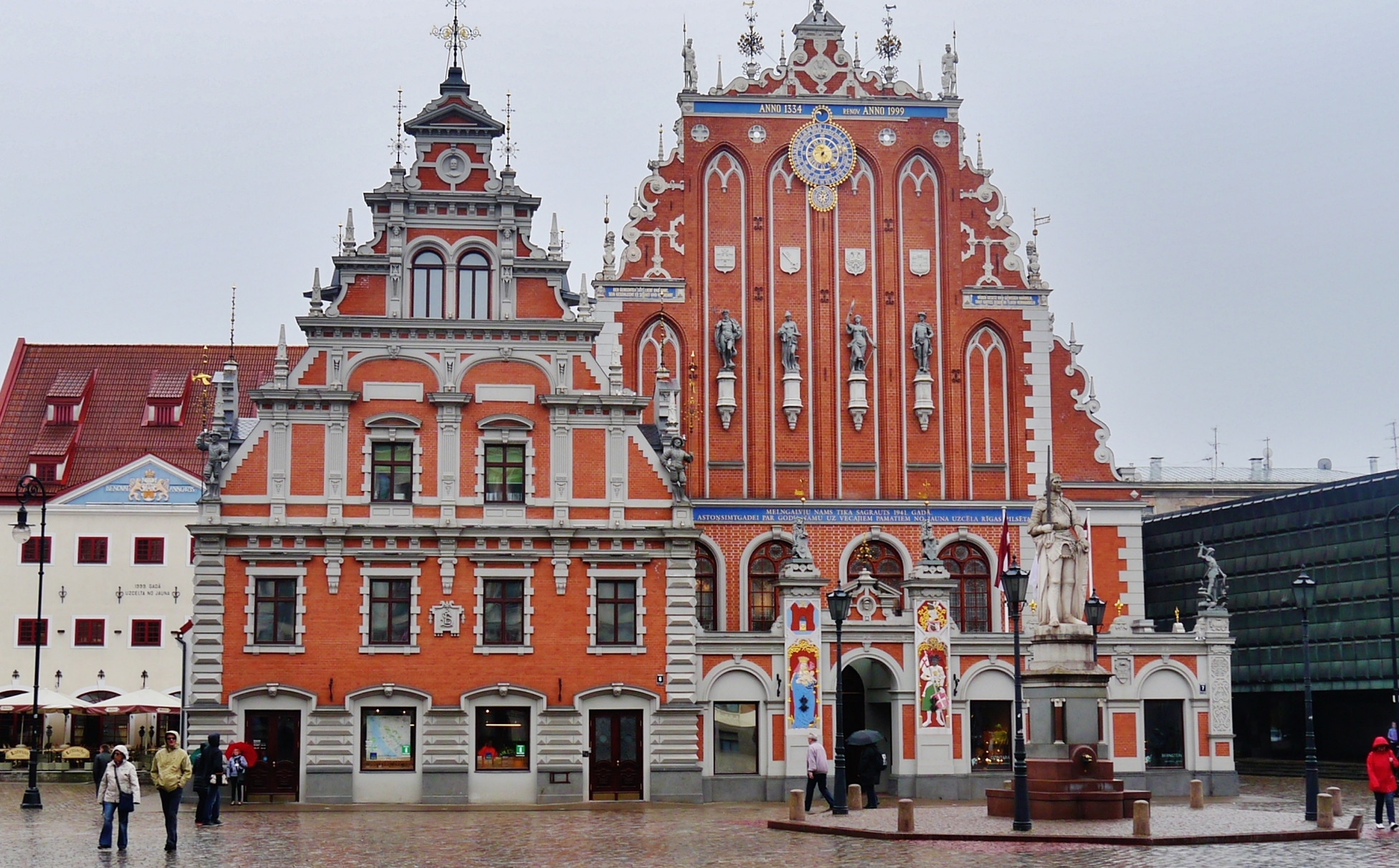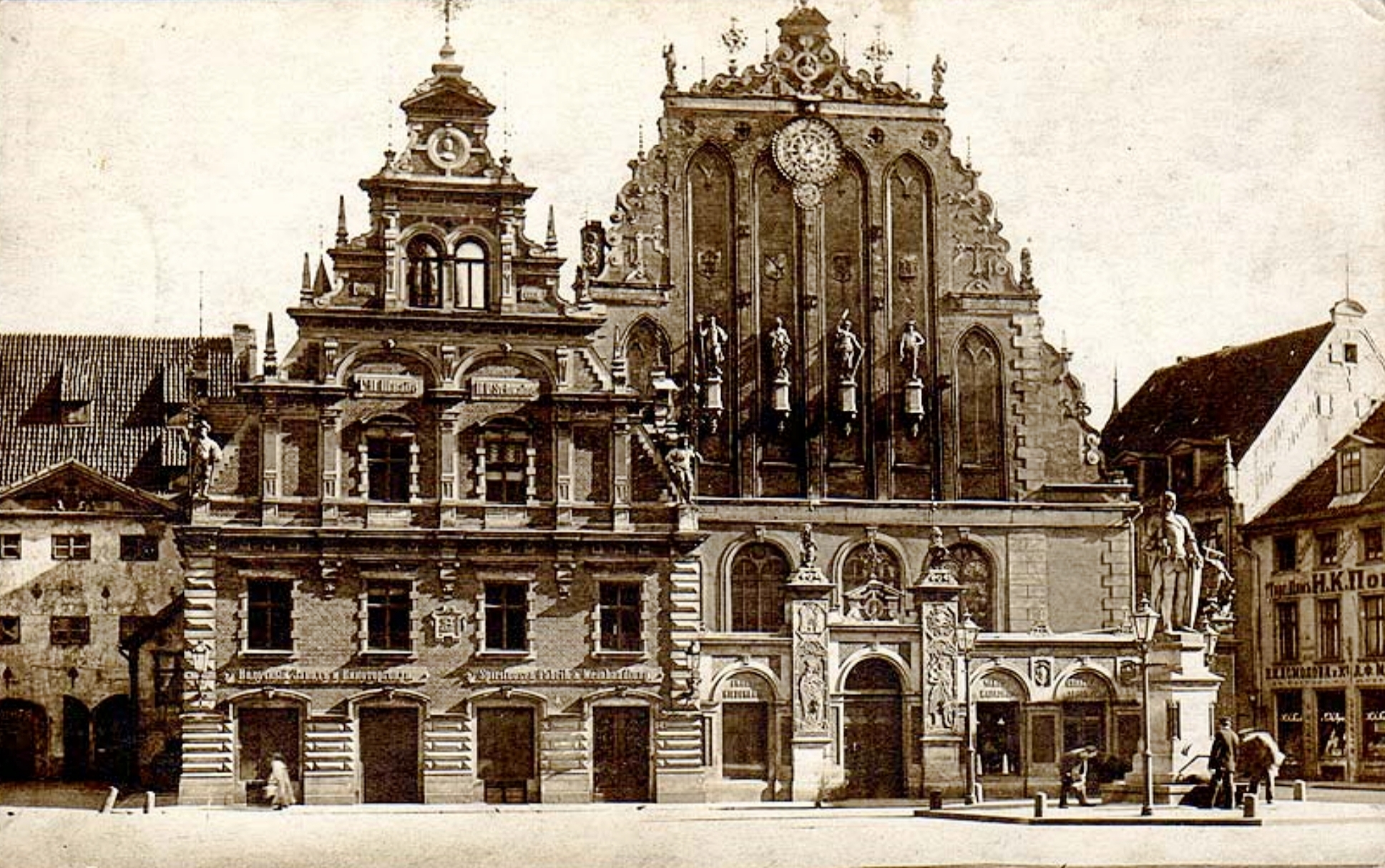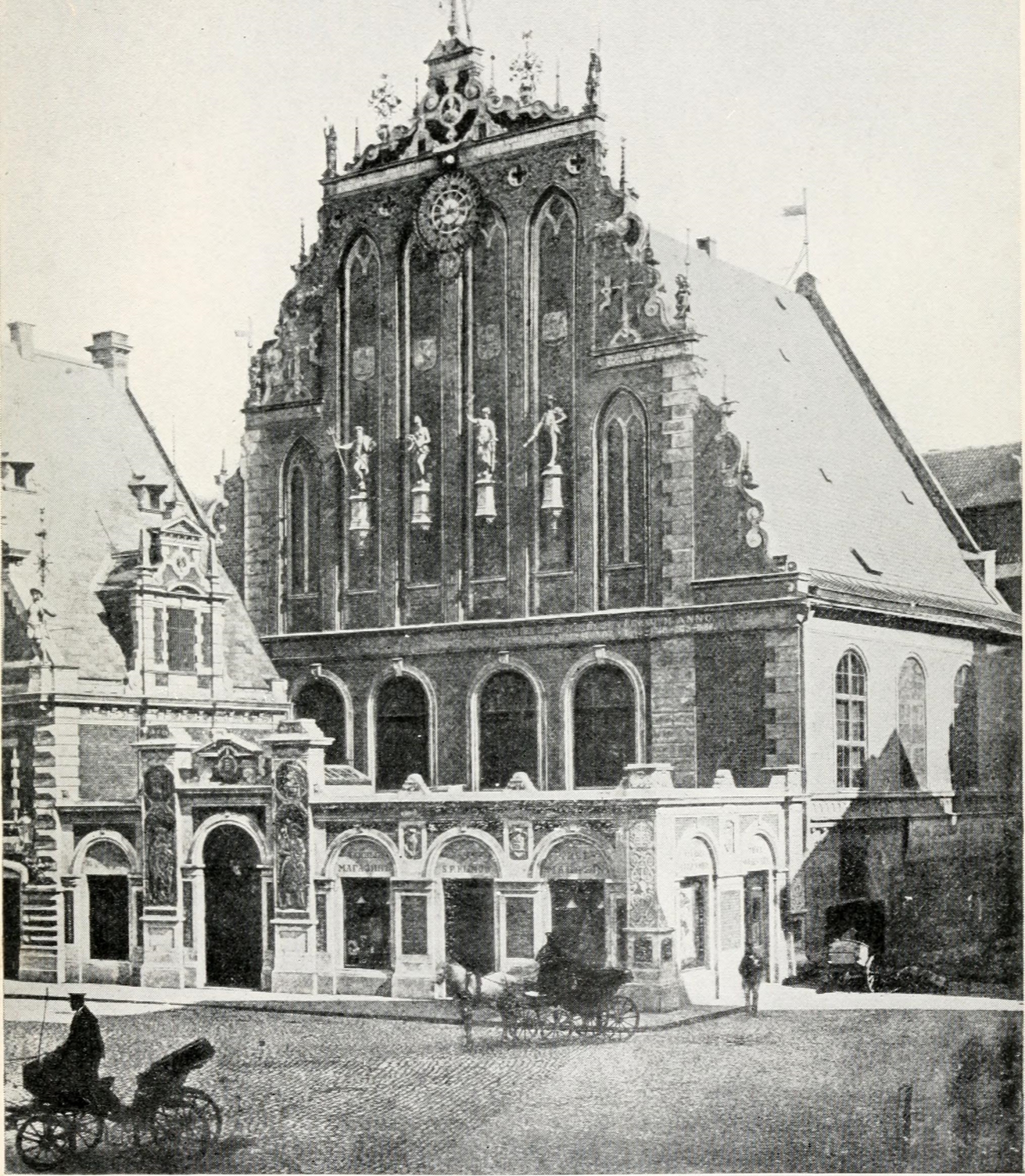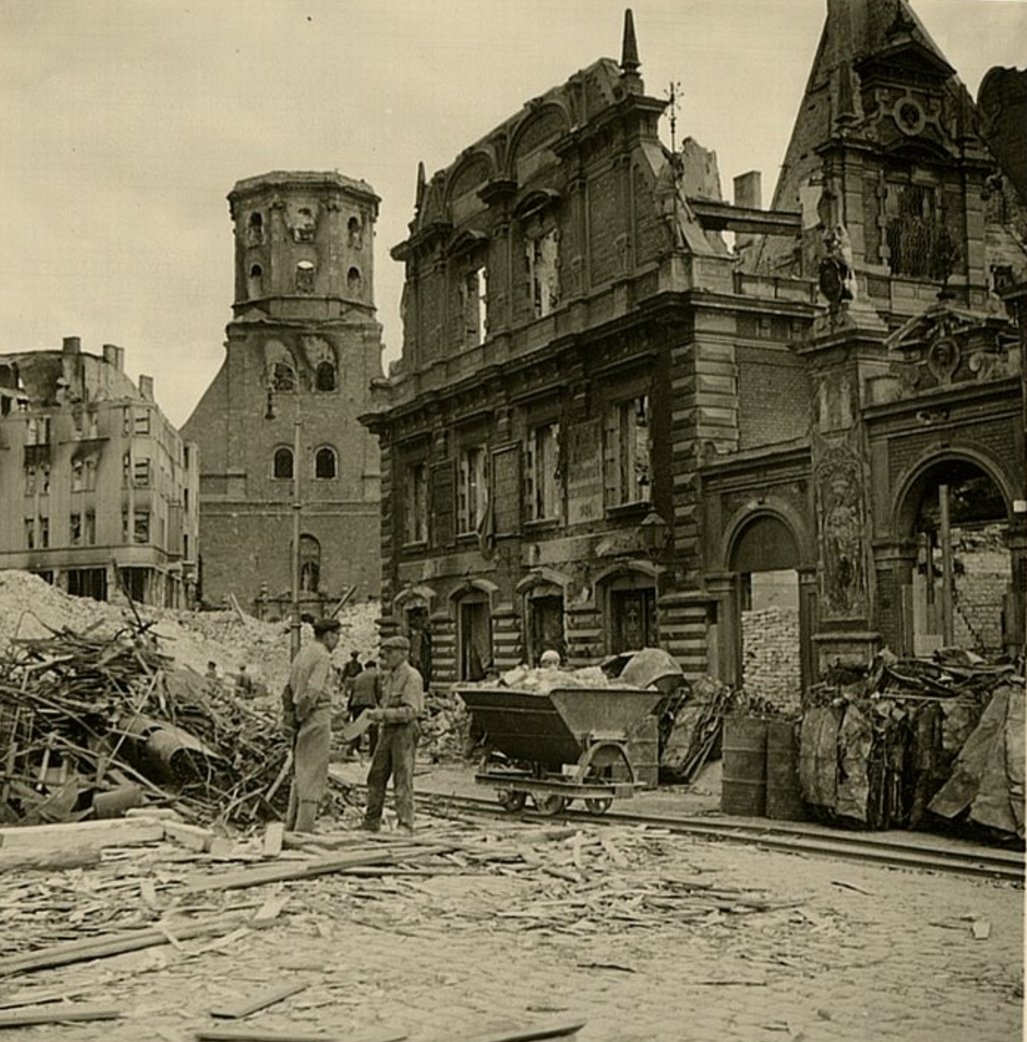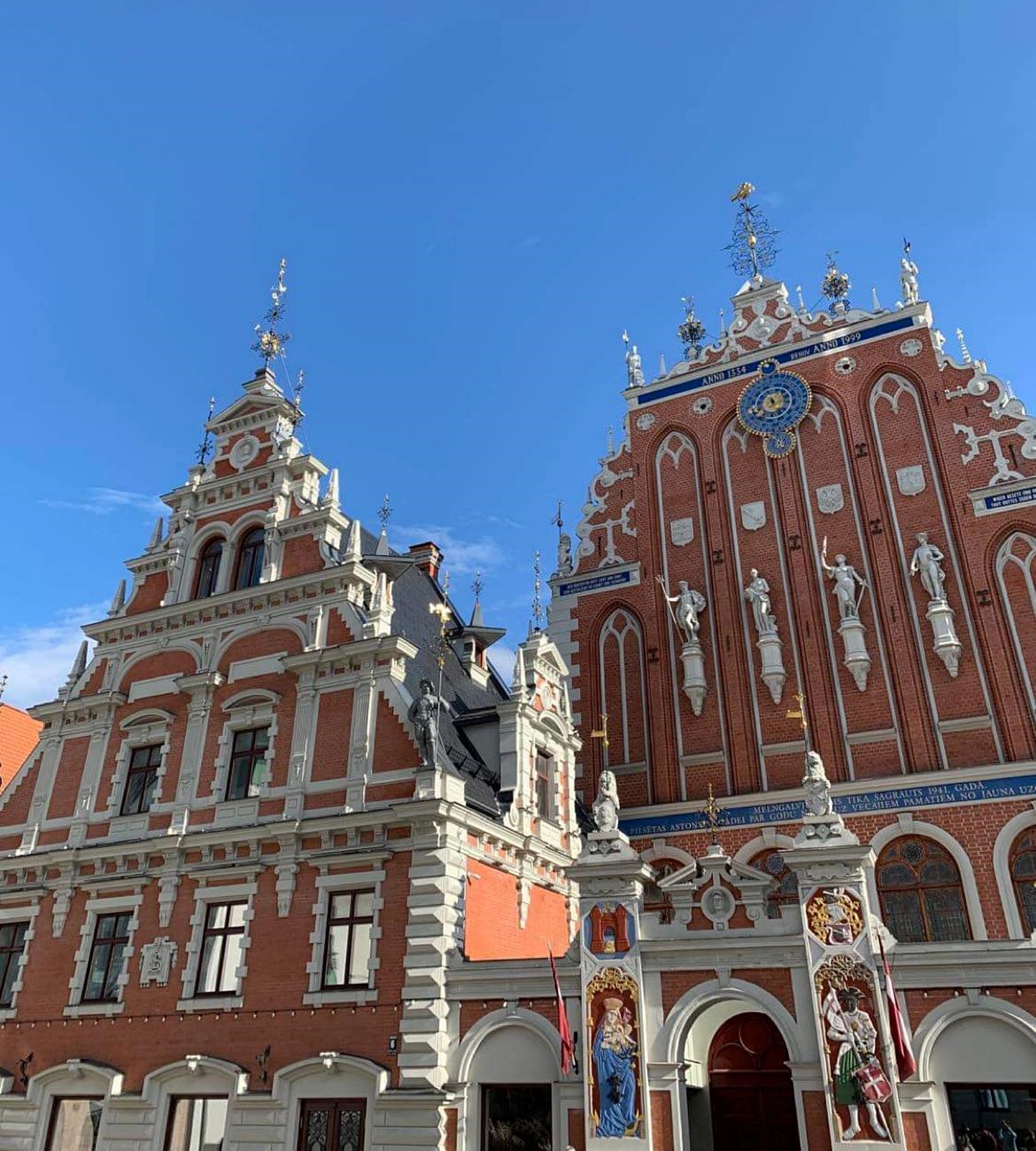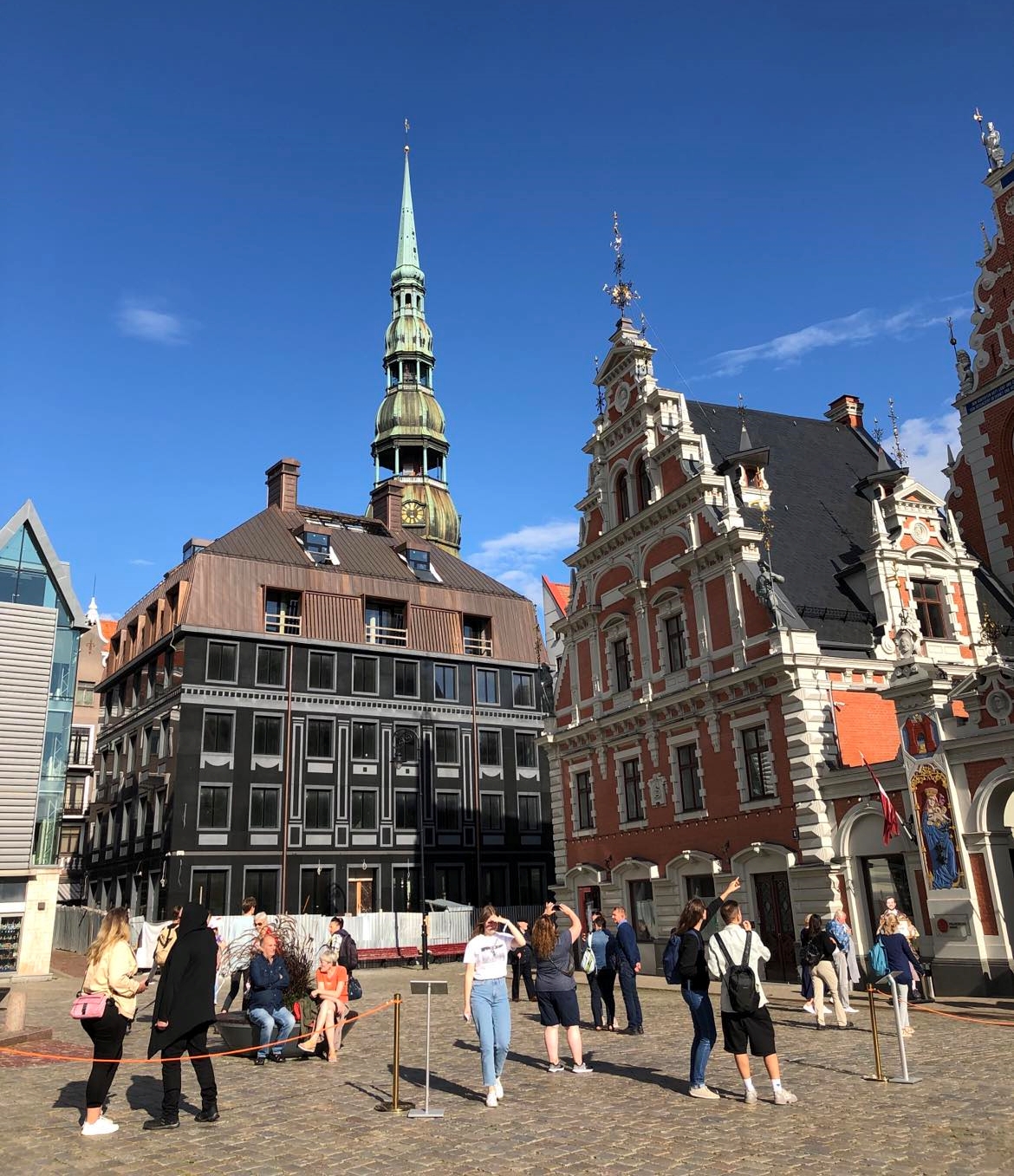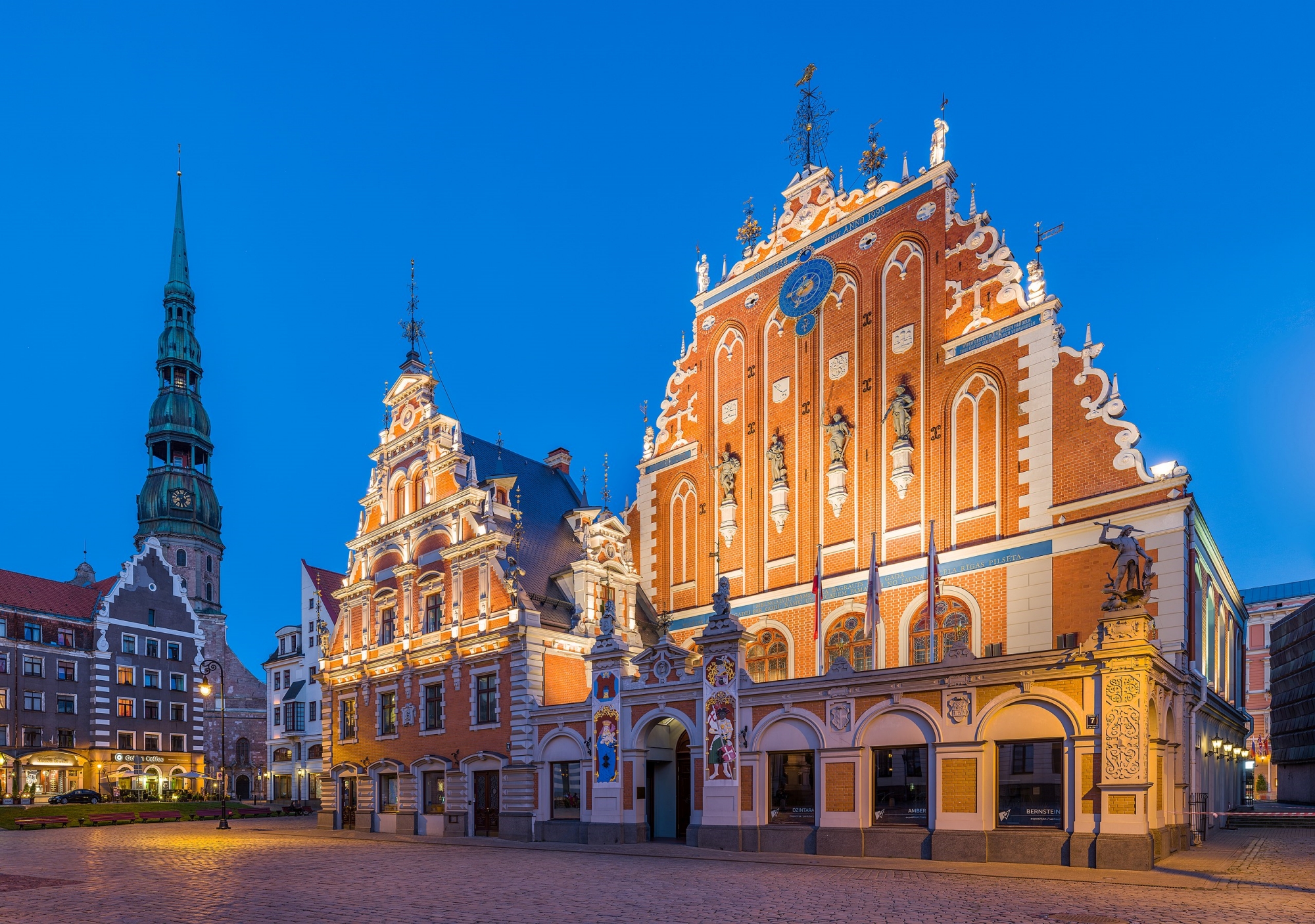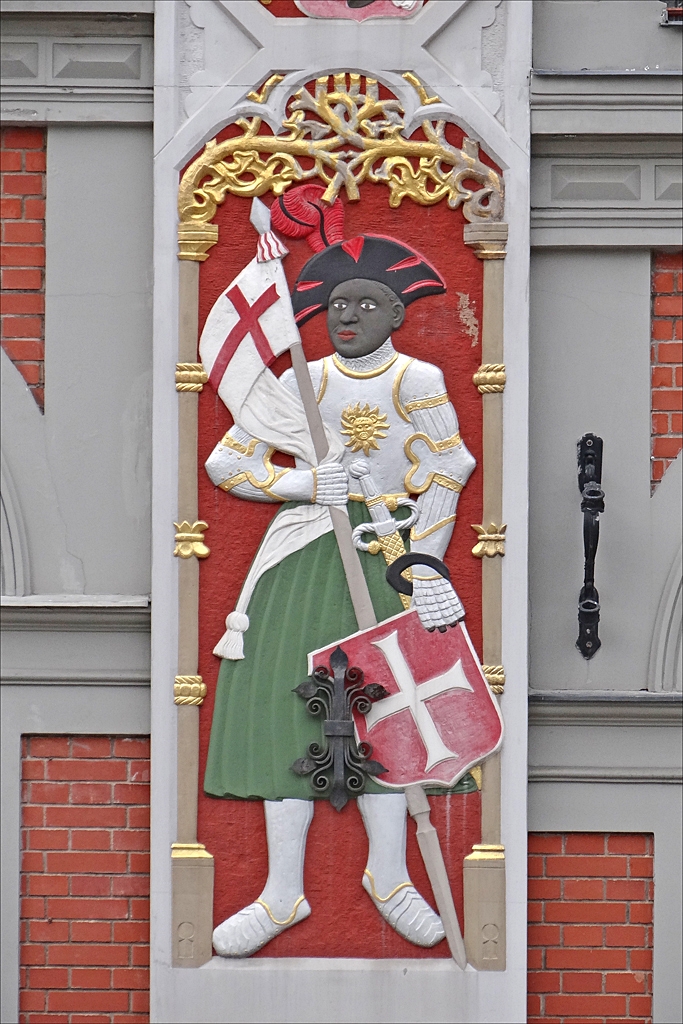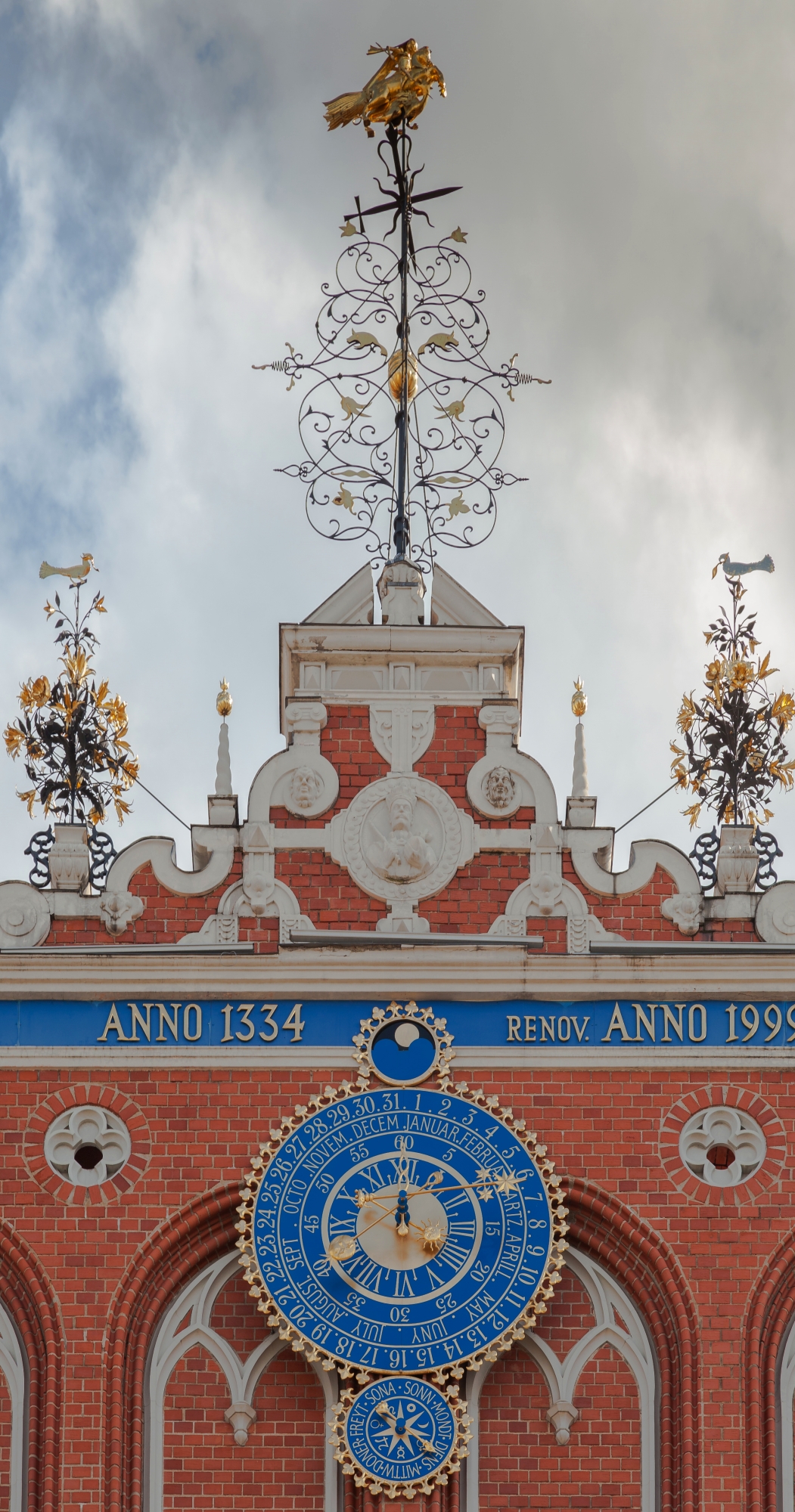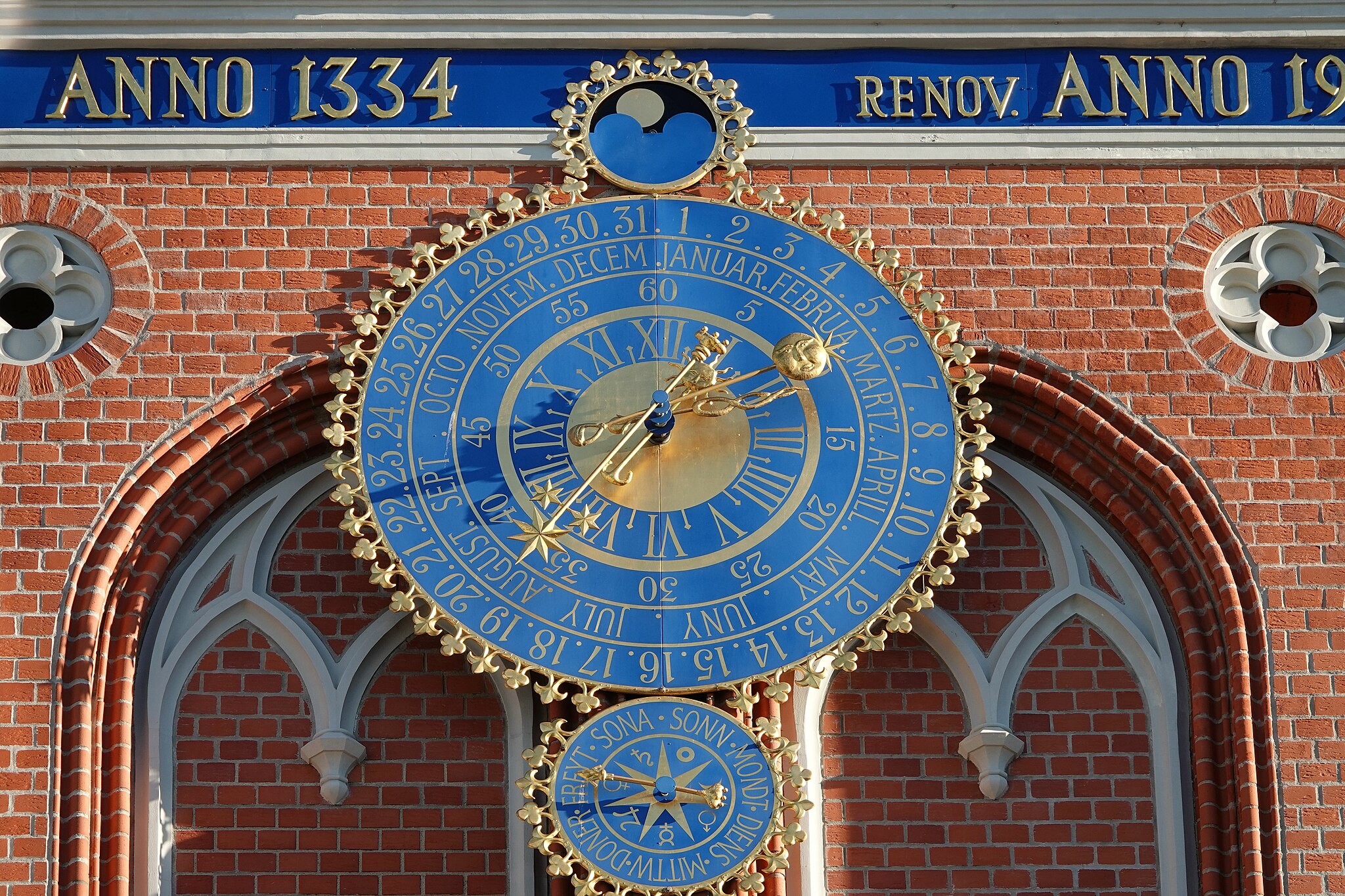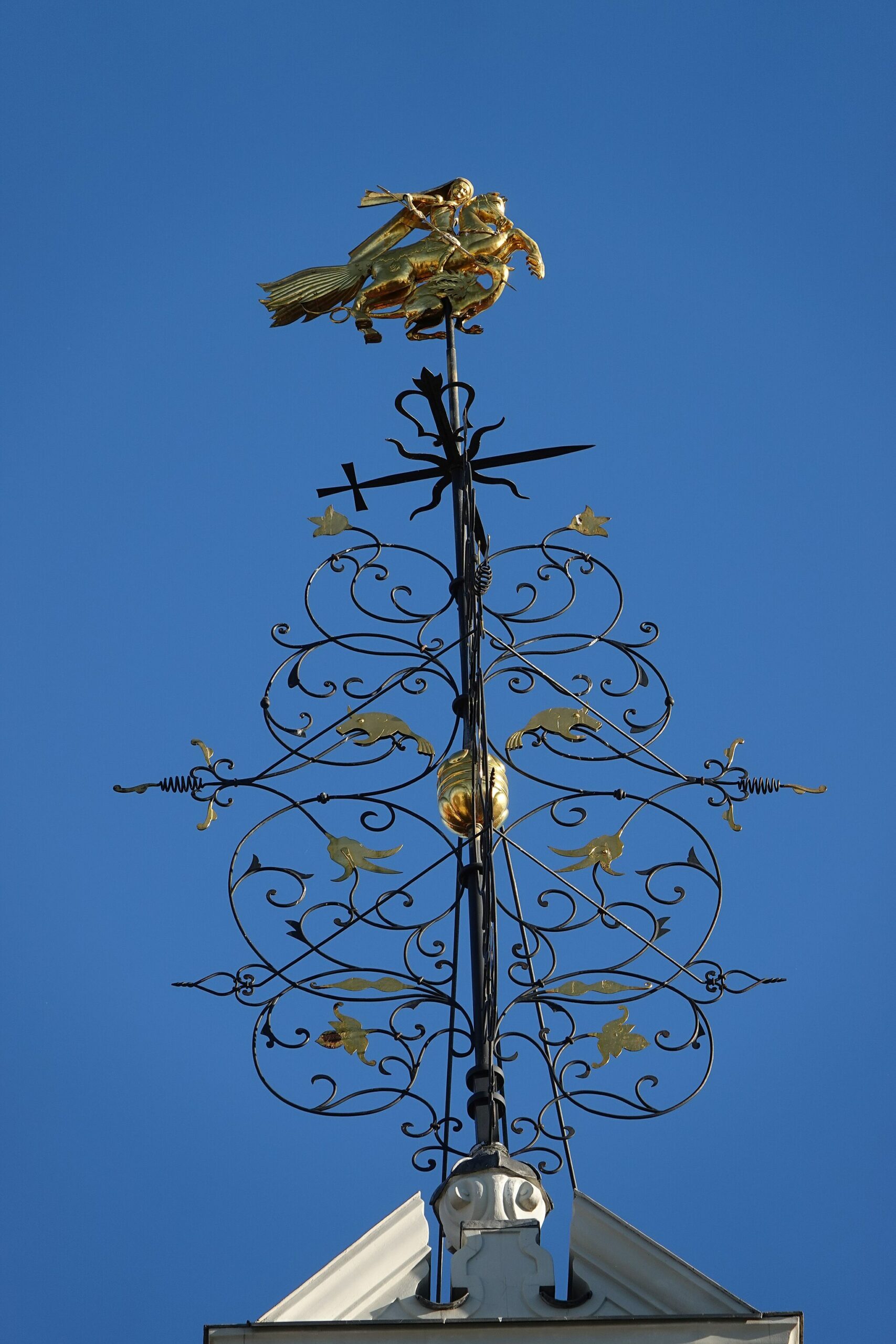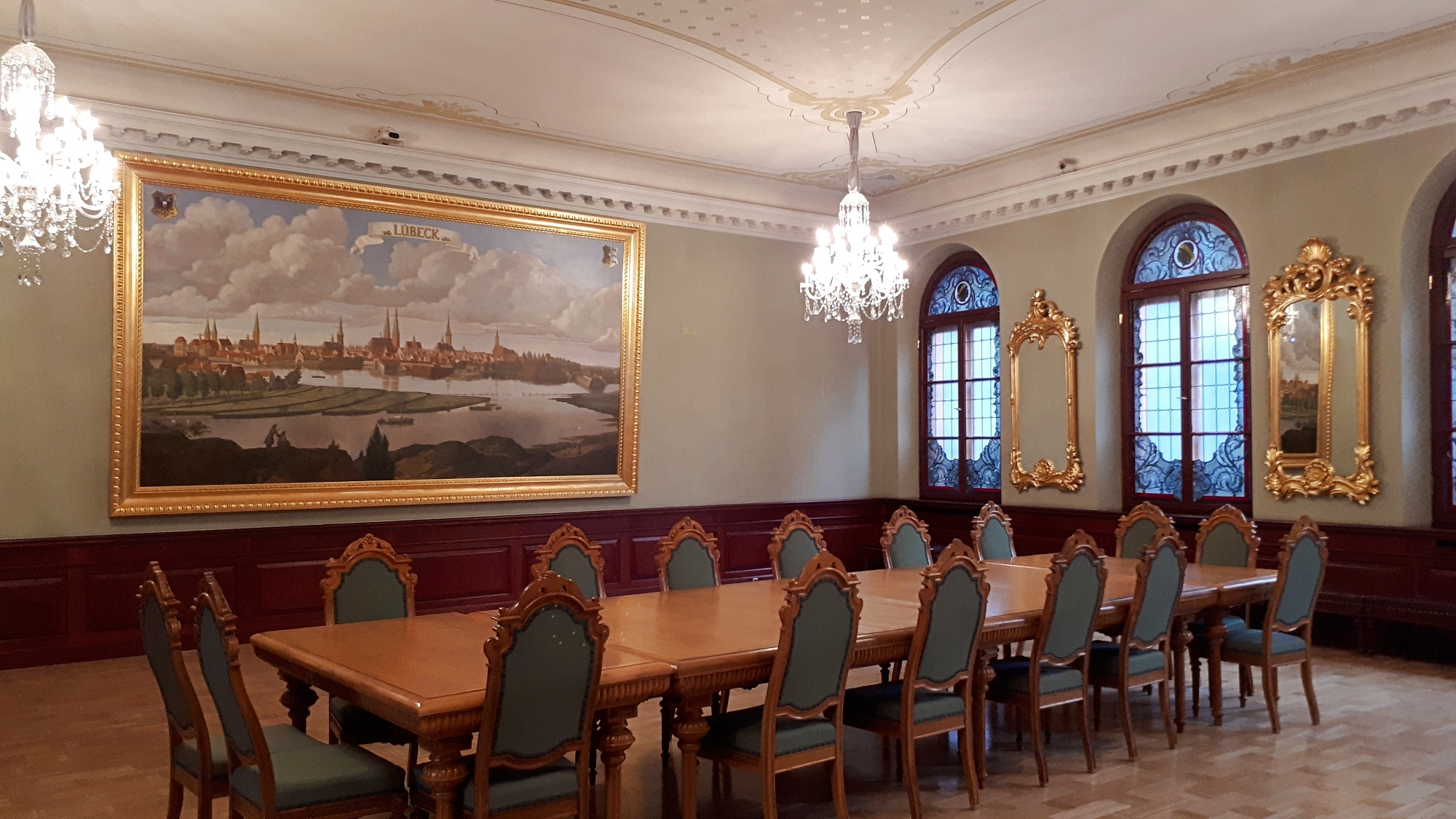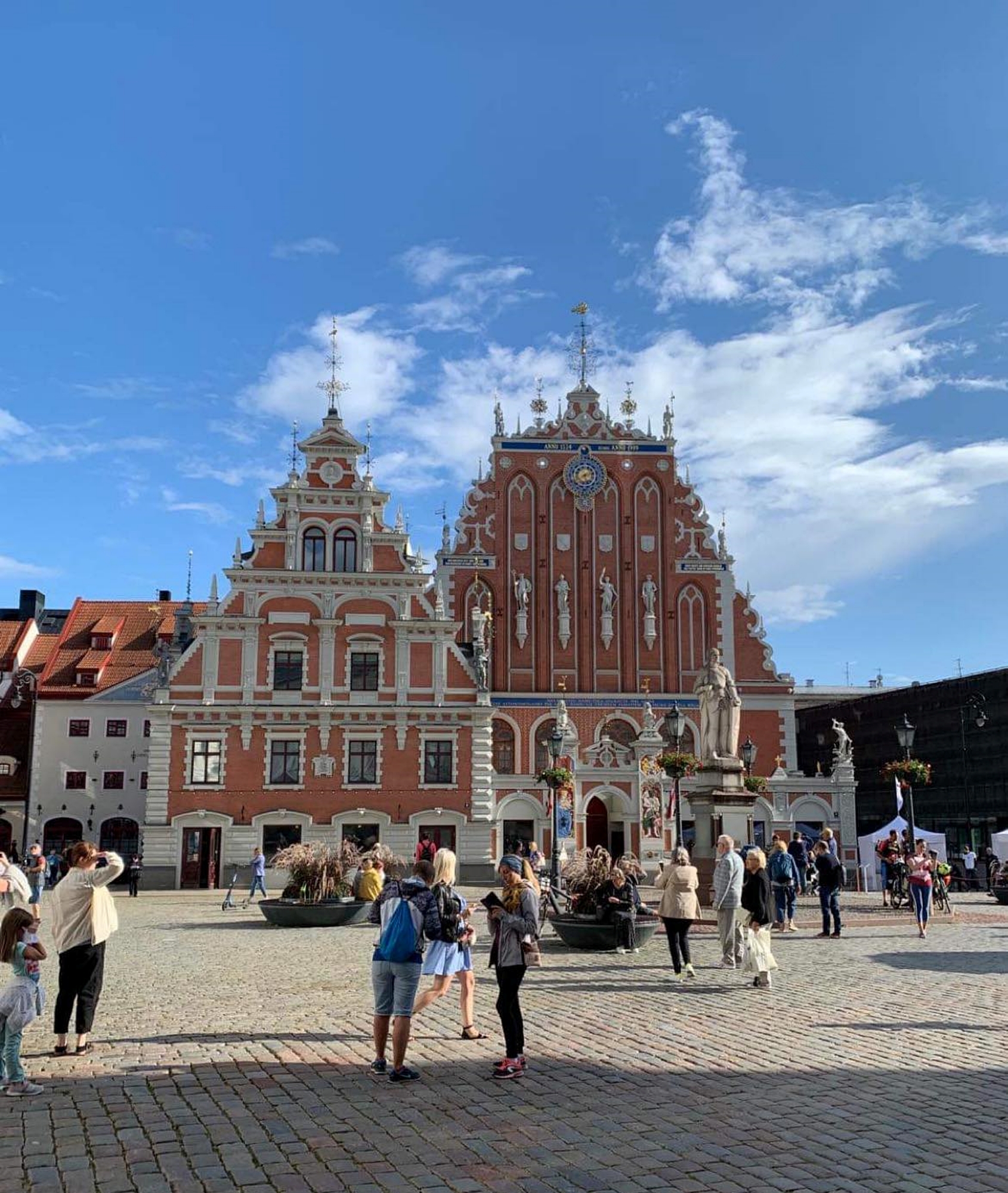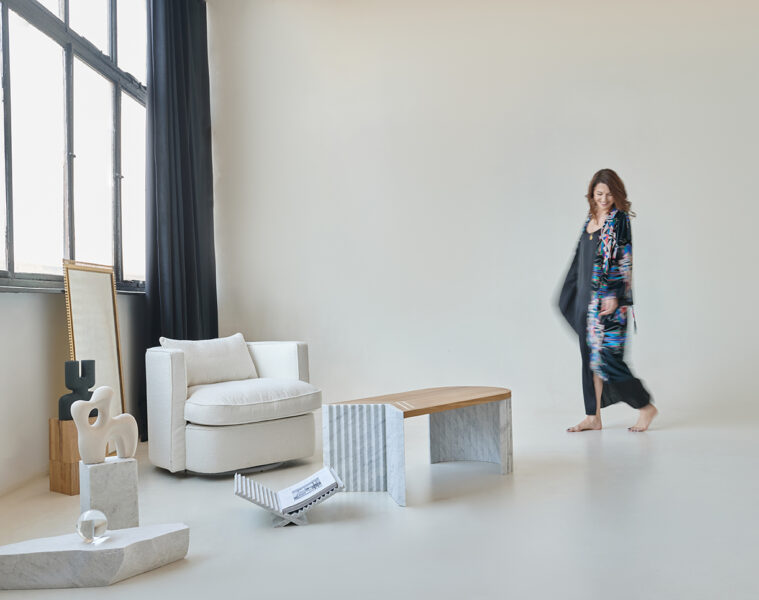The House of the Blackheaded Brotherhood, also known as ‘Melngalvju nams’, is one of the most fascinating monuments in Riga. The building was first mentioned in historical documents in 1334, but is actually much older. During World War II, the building was almost completely destroyed. Reconstruction began in the second half of the 1990s and it was thanks to this reconstruction that this valuable monument returned to the city map
The building was first mentioned in 1334 as the “New House of the Great Guild”. It served both merchants and other citizens of Riga, most of whom were German-speaking at the time. It corresponded in function to the Artus Courts erected in other Hanseatic cities at the time
The building today. Photo Zairon, CC BY-SA 4.0, via Wikimedia Commons
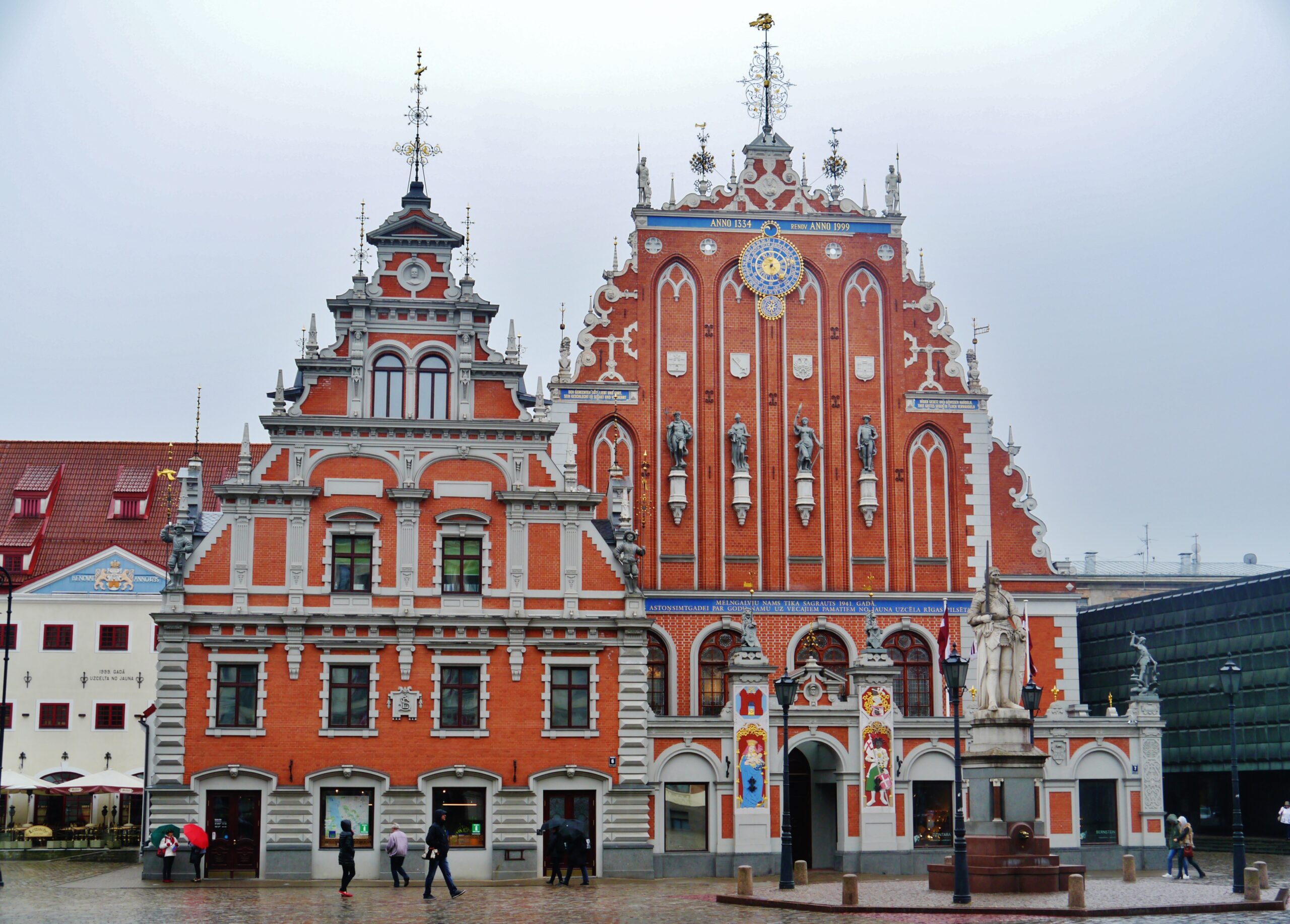
In 1447, the Riga City Council rented the largest, parade hall on the first floor of the building to the Blackhead Brotherhood. The Brotherhood was active from the mid-14th century throughout Livonia. It was originally a paramilitary-type organisation, focused on protecting and even actively defending the commercial interests of its members. It brought together young, unmarried merchants (sometimes also representatives of other “free” professions), mainly of German origin. The patron saint of the brotherhood was Saint Maurice (martyr), who was depicted in iconography as a dark-skinned figure. His symbol, the head of the Moor, entered the coat of arms of the Blackheads. For several centuries, their association had a significant influence on the economic and social development of the city
Riga Market Square with the brotherhood building in 1816. Source: Carl Traugott Fechhelm (1748-1819), Public domain, via Wikimedia Commons
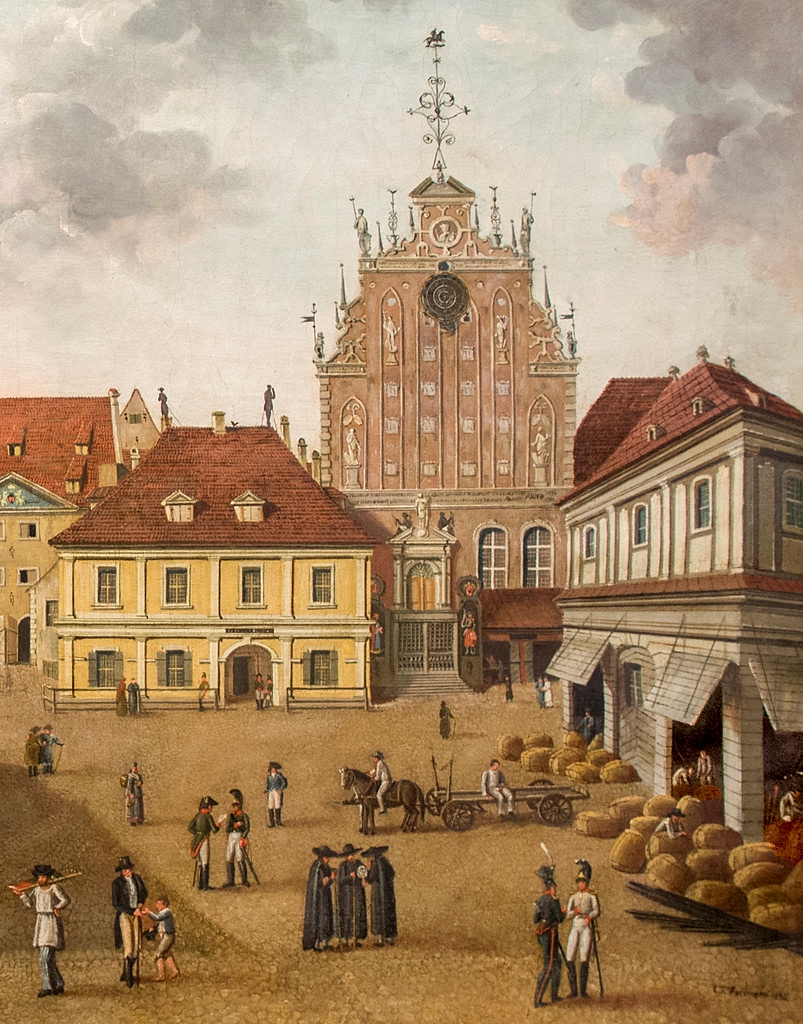
The architectural prominence of the building in the city skyline increased when it was rebuilt in the late 16th and early 17th centuries, acquiring a brick, richly decorated, Mannerist facade on the model of Dutch-Flemish guild houses. The name ‘Blackhead House’ first appeared in 1687, but it was not until 1713 that it passed into the ownership of the Brotherhood. In 1895, the Brotherhood ceased to operate as a trade corporation, becoming something of a social association and club, bringing together the German-speaking residents of the town. The house remained its property until the incorporation of Latvia into the Soviet Union and the departure of the Germans in 1940. For many years, the interiors of the Blackhead House were the most paraded rooms in the city. They were frequented by Russian tsars, Swedish kings and numerous princes
The building in the early 20th century and today, after reconstruction. Photo Zairon, CC BY-SA 4.0, via Wikimedia Commons and Public domain, via Wikimedia Commons
The Blackhead House was severely damaged during World War II when German troops shelled Riga. In 1948, the remaining ruins were blown up by a decision of the Soviet authorities – not only because of the heavy damage to the building, but also for ideological reasons. The site of the building was incorporated into the greatly enlarged Town Hall Square, grassed over and remained undeveloped until 1993. Only then, already in the independent Republic of Latvia, in preparation for the city’s 800th anniversary celebrations, was it decided to rebuild it. Over a period of four years (1995-1999), the building was reconstructed at a cost of around 4 million lats
The reconstruction was carried out in such a way as to restore as many original elements to the building as possible. As a result, the Blackhead Brotherhood House is today a living symbol of Riga’s perseverance and steadfastness. The exterior is dominated by Gothic, but the interiors present an unusual mix of styles from different eras
Source: stoliceeuropa.com, otobilety.pl
Read also: Architecture | Facade | Monument | History | Latvia | Interesting facts


